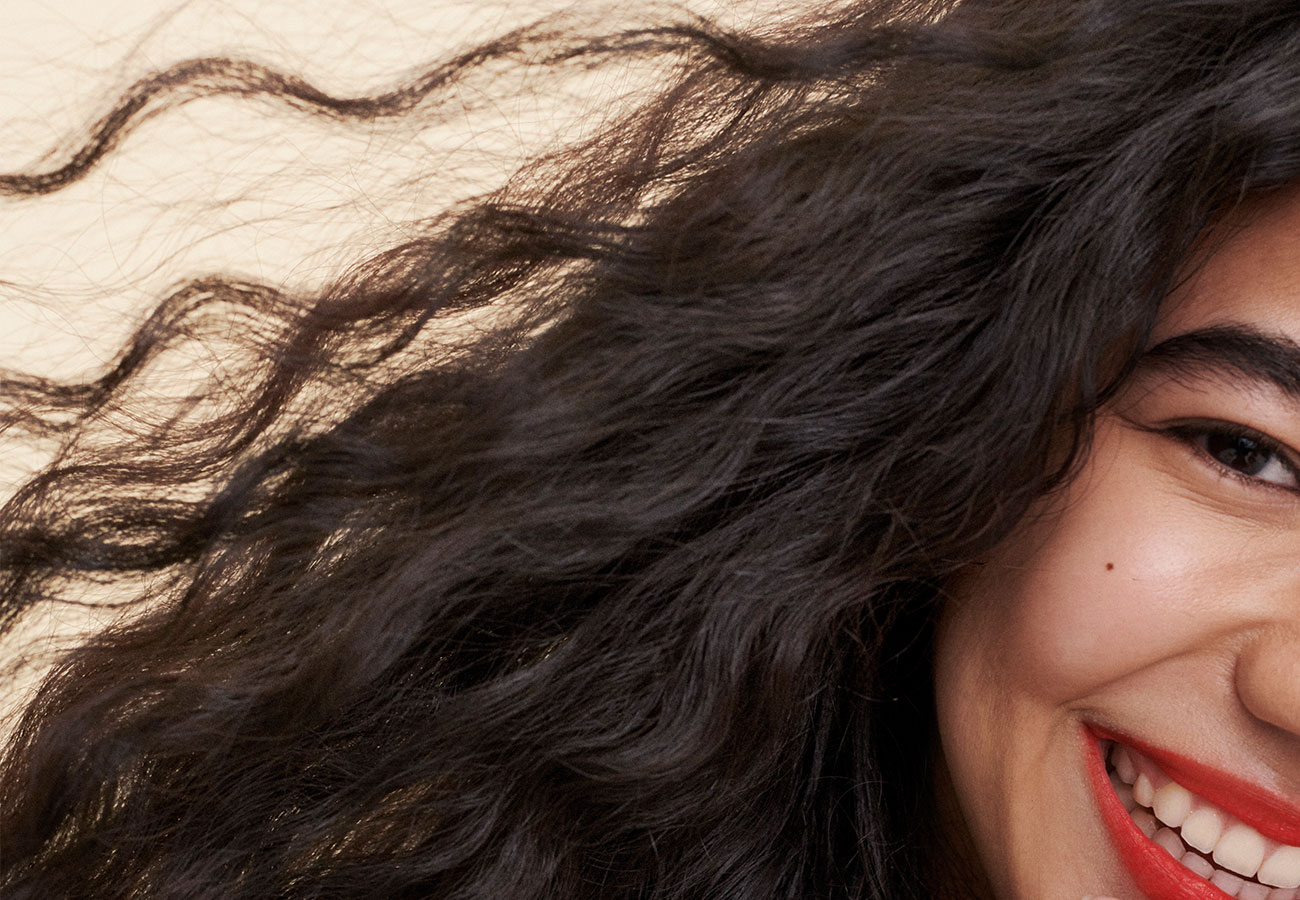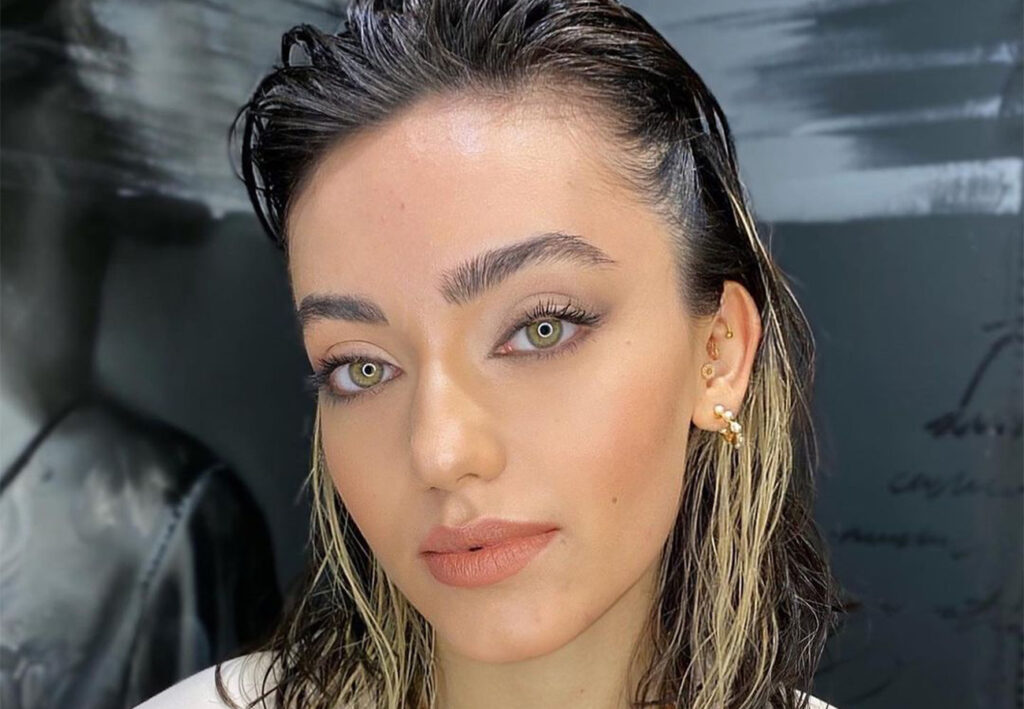How Do You Find Your Curl Pattern?
Your curl pattern refers to your hair’s shape and texture. Type 1 hair is straight. After that, patterns range from wavy to coily, with different levels in between. Your hair might not fall exactly into a predetermined pattern, but finding your hair’s place on the spectrum provides a starting point.
The shape of the hair follicle determines your hair’s curliness. Round follicles usually produce straight hair. If you have oval or curved follicles, your hair grows in waves or curls. Cell proteins and chemical bonds in your hair can also influence the pattern.
Luckily, you don’t need to study your follicles under a microscope to meet your hair goals. Pull out a few strands of hair when you emerge from the shower, and let them dry on a flat surface. Use our curl types chart to match your hair’s natural shape to these defined patterns.
What Are the Different Curl Types?
Type 2: Wavy
Wavy hair features soft curves that frame your face. Typically, wavy hair is straight when you get it wet and then forms its natural shape as it dries. Here’s a breakdown of the Type 2 patterns:
- 2A: Your hair emerges straight and curves toward the end.
- 2B: S-shaped waves start near your scalp and continue throughout your hair.
- 2C: Your hair has small and medium S-shaped waves throughout without the springs that define curls.
Type 2 hair offers a subtle, natural look without extra styling. Use a natural shampoo and conditioner that accentuates your waves.
Type 3: Curly
Curly hair swirls and makes corkscrew shapes that can be loose and bouncy or closely defined. Type 3 hair can look wavy when it’s wet and then tighten into curls when it dries. Here’s a look at the Type 3 patterns:
- 3A: Large, soft curls hang around your face and shoulders.
- 3B: Your hair produces medium-sized curls and springs with natural volume.
- 3C: You have smaller, defined curls that aren’t tight enough to be coils.
If you have an at-home spa day, include Prose products that moisturize your curls. Tighter curls are more likely to dry out and experience breakage. Use a gentle detangling comb to preserve your hair’s natural bounce.
Type 4: Coily
Coily hair can have ringlets, tight S-shapes and zigzags. Your curls might loosen when they’re wet and tighten into coils when they dry. Here’s how the Type 4 patterns break down:
- 4A: Your hair produces small, defined S-shaped coils.
- 4B: You see a combination of S-shaped coils and a tight zigzag pattern.
- 4C: A tightly coiled zigzag pattern covers your scalp.
Moisturize your hair to keep the strands hydrated and less prone to breakage.
Take extra steps to protect coiled hair from damage-causing UV rays.
Get Your Customized Formula
Start your free consultation today to get products formulated for your hair type. We’ll ask questions about your hair’s texture, thickness your care and styling regimen and your lifestyle and preferences. Once you complete the quiz, you’ll get customized recommendations for hair care products, such as shampoo, conditioner and hair masks, that you can buy immediately or save for later.







